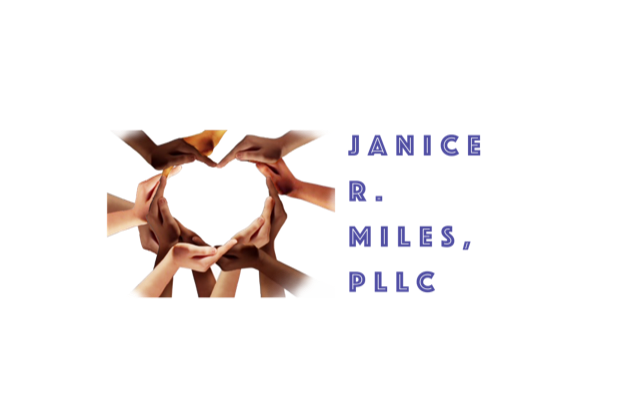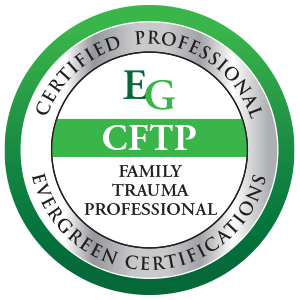The term paraphilia has been described as any sexual interest that is outside of “conventional” or “typical” sexual interests. Some paraphilias primarily concern the individual’s erotic activities, and others primarily concern the individual’s erotic targets. A paraphilia is considered a paraphilic disorder when it causes distress or impairment to the individual or has caused personal harm or risk to others.1
What Is a Paraphilia?
Paraphilic disorders are often misunderstood as a blanket term for any unusual sexual behavior. In the Diagnostic and Statistical Manual of Mental Disorders, 5th Edition (DSM-5), the Sexual and Gender Identity Disorders Work Group has sought to draw a line between atypical sexual behavior and behavior that causes mental distress or makes the person a serious threat to the psychological and physical well-being of others.2
The DSM-5 attempts to distinguish between a behavior and a disorder stemming from the behavior. It explains that a paraphilia involves any intense and persistent, or preferential, sexual interest other than sexual interest in genital stimulation or foreplay with genetically typical, mature, consenting human partners.1
Meeting a paraphilia definition is a necessary qualification for having a paraphilic disorder, although it’s not the only one. A paraphilia by itself does not necessarily justify or require therapeutic treatment. The most widely used framework for assessing the strength of a paraphilia itself is one in which individual’s paraphilic sexual fantasies, urges, or behaviors are evaluated in relation to their non-paraphilic sexual interests and behaviors.
In a therapy session or using self-administered questionnaires, individuals can be asked whether their paraphilic sexual fantasies, urges, or behaviors are weaker than, equal to, or stronger than their non-paraphilic sexual interests and behaviors.1
Paraphilia vs. Sexual Kink
“Kink” is used as an umbrella term to address a wide range of atypical erotic interests, identities, behaviors, practices, and relationships. Aspects of kink include eroticizing intense sensations (e.g., “pain”), power dynamics, and having enduring fascination and erotic arousal with sensorial stimuli like specific body parts or inanimate objects, role playing or dramatizing erotic scenarios, as well as other activities that induce a heightened state of consciousness.3
The term “kink” does not hold the same negative connotation as “paraphilia,” which allows it to be more socially acceptable. Kinks may incorporate paraphilic behaviors in this expression of erotic interest, but they do so consensually and without clinically significant distress or impairment.
8 Types of Paraphilic Disorders
Types of paraphilic disorders include voyeuristic disorder, exhibitionistic disorder, frotteuristic disorder, sexual masochism disorder, sexual sadism disorder, pedophilic disorder, fetishistic disorder, and transvestic disorder.
Here are seven paraphilic disorders currently classified in the DSM-V:
1. Voyeuristic Disorder
Voyeuristic disorder is the recurrent and intense sexual arousal from observing an unsuspecting person who is naked, in the process of disrobing, or engaging in sexual activity, that are expressed as fantasies, urges, or behaviors over a period of at least 6 months.
The individual experiencing the arousal or acting on the urges is at least 18 years old and has acted on these sexual urges with a nonconsenting person, or the sexual urges or fantasies cause clinically significant distress or impairment in social, occupational, or other important areas of functioning.
2. Exhibitionistic Disorder
Exhibitionistic disorder is the recurrent and intense sexual arousal from the exposure of one’s genitals to an unsuspecting person, as demonstrated by fantasies, urges, or behaviors occurring over a period of at least 6 months. This individual has acted on these sexual urges with a nonconsenting person, or the sexual urges or fantasies cause clinically significant distress or impairment in social, occupational, or other important areas of functioning.
3. Frotteuristic Disorder
Frotteuristic disorder is the recurrent and intense sexual arousal from touching or rubbing against a nonconsenting person, as expressed by fantasies, urges, or behaviors occurring over a period of at least 6 months. This individual has acted on these sexual urges with a nonconsenting person, or the sexual urges or fantasies cause clinically significant distress or impairment in social, occupational, or other important areas of functioning.
4. Sexual Masochism Disorder
Sexual masochism disorder is the recurrent and intense sexual arousal from the act of being humiliated, beaten, bound, or otherwise made to suffer, as demonstrated by fantasies, urges, or behaviors occurring over a period of at least 6 months. The fantasies, sexual urges, or behaviors cause clinically significant distress or impairment in social, occupational, or other important areas of functioning.
5. Sexual Sadism Disorder
Sexual sadism disorder is the recurrent and intense sexual arousal from the physical or psychological suffering of another person, as shown by fantasies, urges, or behaviors occurring over a period of at least 6 months. This individual has acted on these sexual urges with a non-consenting person, or the sexual urges or fantasies cause clinically significant distress or impairment in social, occupational, or other important areas of functioning.
6. Pedophilic Disorder
Pedophilic disorder is the recurrent, intense sexually arousing fantasies, sexual urges, or behaviors involving sexual activity with a prepubescent child or children, generally age 13 years or younger, occurring for over a period of at least 6 months.
This individual is at least age 16 years, at least 5 years older than the child or children they are attracted to, and has acted on these sexual urges, or the sexual urges or fantasies cause marked distress or interpersonal difficulty.
This criterion does not include an individual in late adolescence involved in an ongoing sexual relationship with a 12- or 13-year-old. In addition, a minor-attracted person (MAP) who has not acted on these urges or is not experiencing marked distress or interpersonal difficulty would not meet the criterion for this diagnosis.
7. Fetishistic Disorder
Fetishistic disorder is the recurrent and intense sexual arousal from either the use of non-living objects or a highly specific focus on non-genital body part(s), as demonstrated by fantasies, urges, or behaviors, occurring over a period of at least 6 months, that cause clinically significant distress or impairment in social, occupational, or other important areas of functioning.
The fetish objects are not limited to articles of clothing used in cross-dressing or devices specifically designed for the purpose of tactile genital stimulation (e.g., vibrator).
8. Transvestic Disorder
Transvestic disorder is the recurrent and intense sexual arousal from crossdressing, occurring over a period of at least 6 months, as expressed by fantasies, urges, or behaviors that cause clinically significant distress or impairment in social, occupational, or other important areas of functioning.
This disorder is often confused with a trans or transgender identification. People within this community identify with a gender that is different from the one they were assigned at birth. This identification is not related to, or result in, their sexual arousal, and is in no way a disorder.
How Common Are Paraphilias?
Prevalence rates for paraphilias are difficult to obtain due to the changes in criterion over time and between cultures. In terms of more standardized studies, most data are based on criminal reports or studies using clinical populations referred for legal reasons, rather than for self-help in the general population.4
Although significantly more men are legally identified offenders than women, it is unknown whether paraphilic urges and behaviors are overall more common in either gender. Furthermore, this legally known population would account for those diagnosed with the disorder, not those who engage in the related behaviors.
How Are Paraphilias Treated?
The treatment of paraphilias is unnecessary unless the behaviors cause distress or harm and meet the criteria for a disorder. Treatment typically occurs with the use of clinical therapy or medication. Clinical studies report cognitive behavioral therapy (CBT) as being effective in decreasing rates of repeat offending in known sex offenders. These studies suggest that behavioral therapy such as aversion and reconditioning show little evidence of effectiveness.4
Pharmacologic treatments for paraphilic disorders fall into three main categories: selective serotonin reuptake inhibitors (SSRIs), steroidal antiandrogens, and gonadotropin releasing hormone (GnRH) analogs.4 These medications are effective at reducing libido, arousal, and orgasm, as well as reducing the intensity of paraphilic urges and “compulsive” paraphilic sexual behaviors.
How to Find a Therapist
Medical professionals in your area, such as your primary care physician, can provide you with names of providers and agencies trained in sex therapy. Online resources are also available, including free therapist directories where you have access to each mental health professional’s bio, including information on their kink awareness or expertise around paraphilias.
Final Thoughts
The diagnostic criterion for paraphilic disorder continues to raise concerns among scholars and sexuality-affirming communities. It also continues to evolve over time with each update of the DSM. Although the DSM has attempted to distinguish between a behavior and a disorder stemming from the behavior, it has stigmatized non-heteronormative sexual practices.


